A trip to the beach is often seen as the perfect getaway, a chance to relax and soak up the sun. However, beneath the surface of the fun and relaxation, some hidden dangers could turn your vacation into a health nightmare. From bacteria in the water to parasites in the sand, beaches can harbor various diseases. Knowing these risks can help you stay safe and healthy while enjoying your time by the sea.
Why Beaches Can Be Risky
Beaches, with their blend of sun, sand, and water, create an environment where certain pathogens thrive. Warm temperatures, combined with human and animal waste, can lead to the growth of harmful bacteria and parasites. Public showers, standing water, and even the sand itself can become breeding grounds for diseases.
10 Dangerous Diseases Lurking at the Beach
Here are ten nasty diseases you might encounter at your favorite beach:
1. Hepatitis
Hepatitis, a viral infection that inflames the liver, can be contracted through contaminated water. Hepatitis A is commonly linked to sewage runoff. A 2006 study found that 79 percent of tested water samples contained hepatitis A.
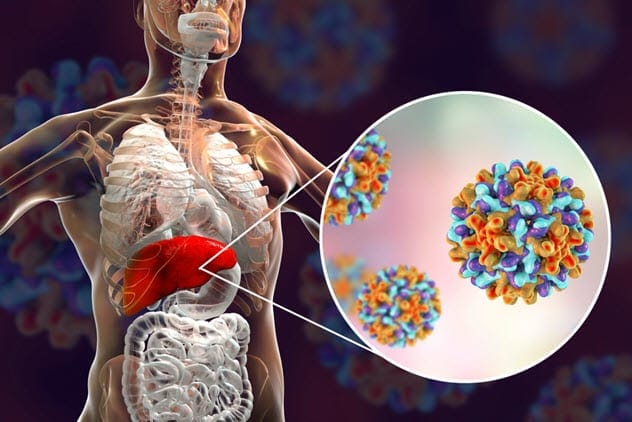
Symptoms include fever, fatigue, and jaundice. Vaccination is available for surfers and regular beachgoers in high-risk areas.
2. Legionnaires’ Disease
Legionella bacteria, which causes Legionnaires’ disease, loves warm water, making public showers at beaches a potential source of infection. A 2007 study found that several beach showers in Southern Italy tested positive for the bacteria.
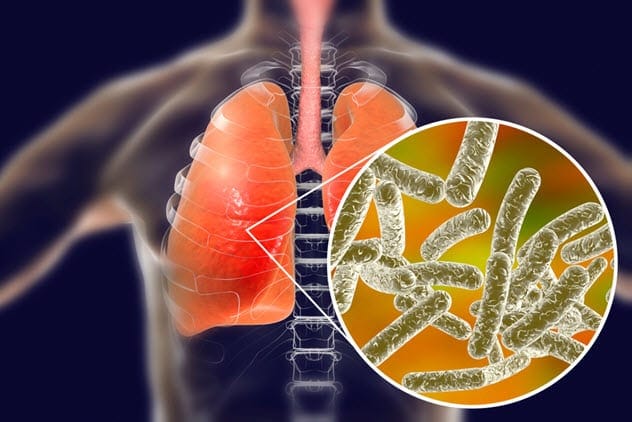
Symptoms resemble pneumonia, including coughing, fever, and muscle aches. While antibiotics can treat it, about 15 percent of cases are fatal.
3. Stomach Bugs
Beaches can be breeding grounds for stomach bugs due to fecal contamination. Sand samples have been found to contain microbes from sewage treatment plants and storm runoff, including E. coli, Salmonella, and norovirus.
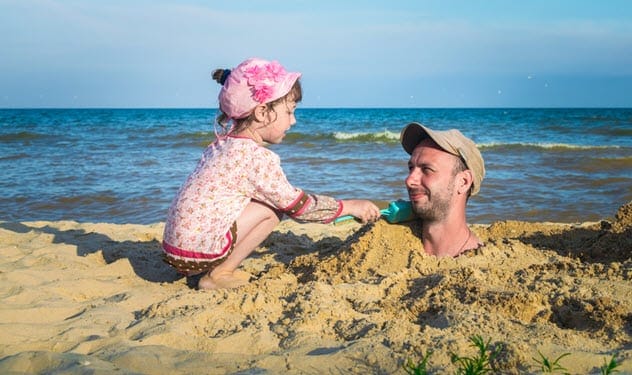
Symptoms include nausea, cramping, and diarrhea. Avoid digging in the sand and wash your hands thoroughly to minimize risk.
4. Cercarial Dermatitis (Swimmer’s Itch)
Swimmer’s itch is caused by exposure to larvae of trematode parasites. These parasites infect snails and birds, but humans can become accidental hosts.
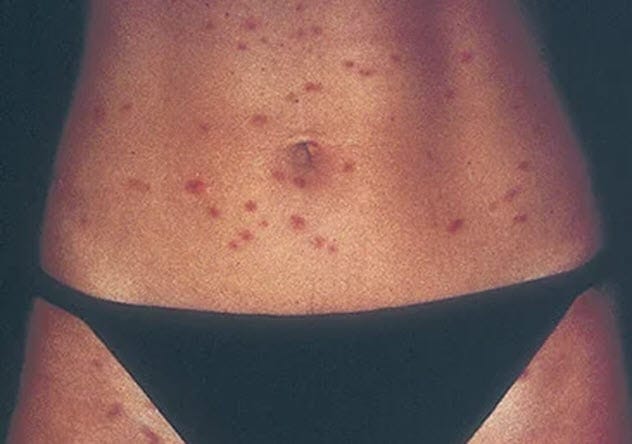
It causes a patchy skin rash that appears within 48 hours and can last up to a week. Antihistamines and corticosteroid creams can provide relief.
5. Flesh-Eating Bacteria
Flesh-eating bacteria, such as Vibrio vulnificus, can enter the body through open wounds. While infections are rare, they can be severe, leading to skin breakdown and ulceration.
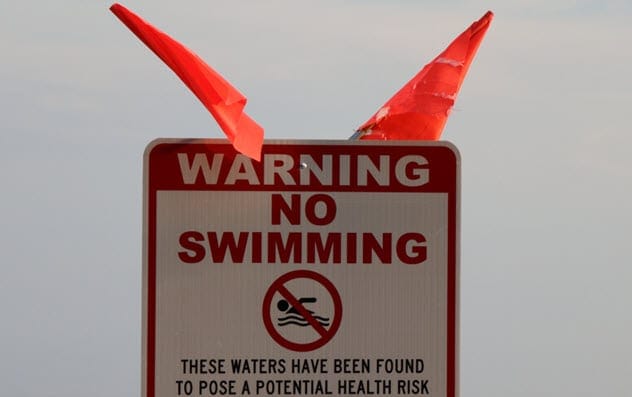
Antibiotics and sometimes amputation may be necessary. Avoid swimming with open wounds and be cautious about consuming raw shellfish.
6. Hookworms
Hookworms are parasites that can be contracted by walking barefoot on contaminated soil or sand. The larvae penetrate the skin, causing an itchy rash, abdominal pain, and diarrhea.
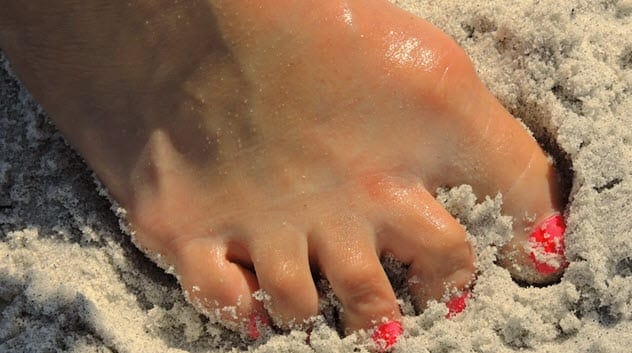
Wearing sandals, sitting on towels, and washing your body after beach visits can prevent hookworm infections. Medications like albendazole or mebendazole can treat the infection.
7. MRSA
Methicillin-resistant Staphylococcus aureus (MRSA) thrives in warm, crowded beach environments. Staph infections start as small bumps but can evolve into large abscesses affecting bones and organs.
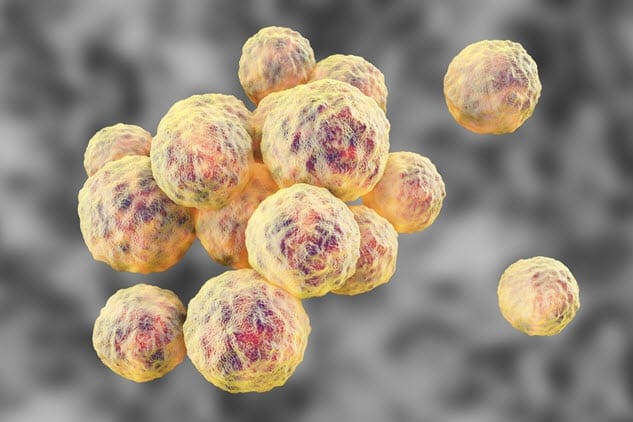
Subtropical ocean waters have a high likelihood of staph presence. Minor infections are treated with ointments, while severe cases may require surgery.
8. Brain-Eating Amoeba
Naegleria fowleri, a brain-eating amoeba, poses a risk in freshwater beaches. It enters through the nose and travels to the brain, causing a rare but usually fatal infection.
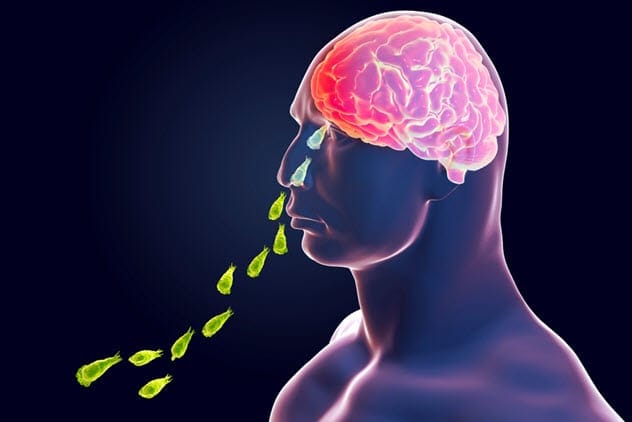
Symptoms include fever, headache, and vomiting. Avoid stirring up sediment while swimming in warm freshwater.
9. Bloomin’ Algae
Harmful algal blooms, often called red tides, occur when excessive nutrients cause algae populations to explode. These blooms produce toxins that contaminate water and can be inhaled or absorbed through the skin.
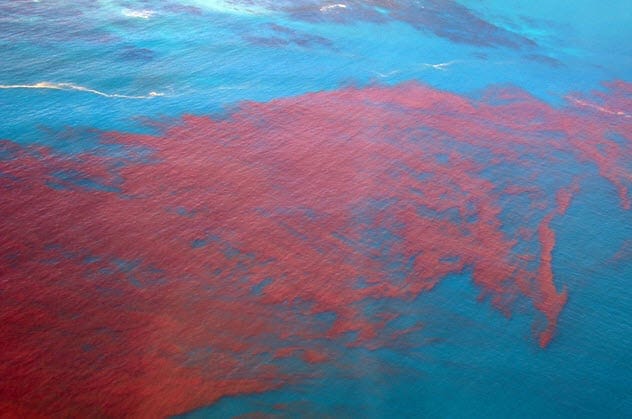
Symptoms range from rashes and skin sores to cramps, diarrhea, and neurological issues. Avoid swimming in areas with visible algal blooms.
10. Roundworms
Roundworms, typically found in dog feces, can infect humans through accidental ingestion. Contact with contaminated sand can lead to infection, with children being more susceptible.
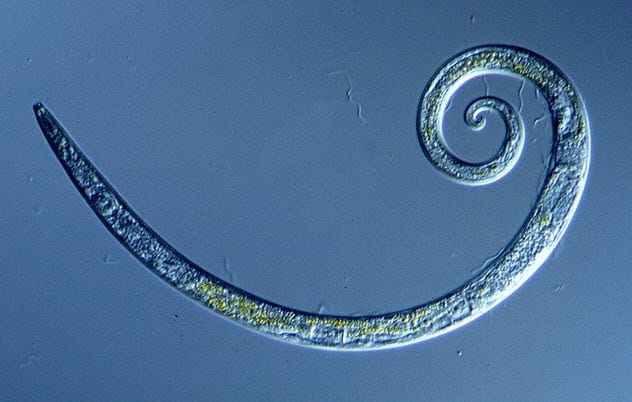
Symptoms include nausea, vomiting, and abdominal pain. Medications are effective in treating roundworm infections.
Stay Safe at the Beach
While the beach offers relaxation and fun, being aware of potential health risks is crucial. Simple precautions can significantly reduce your risk of contracting these diseases. Always practice good hygiene, avoid swimming with open wounds, and stay informed about local water quality advisories.
Conclusion
Understanding the risks associated with beach visits can help you make informed decisions and take necessary precautions. By staying vigilant and following safety guidelines, you can enjoy your beach vacation without worrying about these hidden dangers. Remember, a little awareness goes a long way in ensuring a healthy and happy beach experience.
What are your go-to beach safety tips? Share your thoughts and experiences in the comments below!










